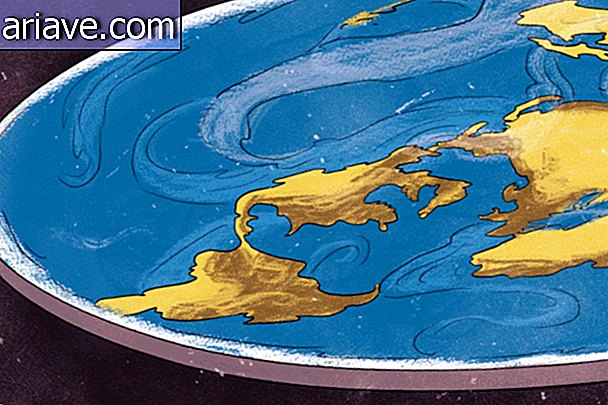Australian researchers find meteorite older than Earth
Australian researchers have found in the country a meteorite fragment that may be older than Earth itself. Phil Bland and Robert Howie, the makers of the discovery, believe the rock is over 4.5 billion years old, about the age of our planet's emergence.
According to them, the artifact can contribute to research to discover the origin of the universe. The object must go through several in-depth studies to clarify the doubts and mysteries surrounding it. The 1.7kg rock was located on December 1 last year, three days after the researchers began searching for the fireball sighted in the sky.

It crashed at a site in southern Australia and was witnessed by residents of the William Creek and Maree regions, as well as outback equipment and sky monitoring, as the Australian outback is known. Once started, the search was intense and narrowly missed an unfortunate outcome in which the fragment could have been lost.
Searching the meteorite: technology, expert staff and a lot of luck
After the scientists spotted the fireball in the sky, the difficult undertaking to find the material from space began. However, the search operation, it may be said, began as soon as the object entered the earth's atmosphere, as the initial observation made by the equipment in the desert was essential to its success in recovering the piece of rock.

In all, 32 remote observation cameras, many complicated geographical calculations, an investigative aerial vehicle, a drone, two researchers, and much luck were all required to recover the meteorite. After the cameras were identified and the calculations were made to obtain the approximate location of the fall, the searches began. The drone and the ultralight manned guide Bland and Howie.
With the assistance of another local search group, three days later, the researchers found the correct location. The object was in the mud of a salt lake, about 42 cm from the surface. This is where luck spoke louder: if they had reached this point a few days later, they probably would not have found the meteorite anymore, for a series of heavy rains would have taken it away. The effort of the entire team was underscored by the researchers, and the successful search operation brought yet another reason to celebrate.

According to those responsible for the recovery of the object, the calculations performed from the camera observation system also allowed to obtain the information of the orbit traveled by the object in the Solar System. Thus, scientists estimated that the element left somewhere between the planets Mars and Jupiter. This discovery, according to Bland told Science Alert, will contribute greatly to future studies.
What other findings do you believe the meteorite found in Australia can provide us with? Comment on the Mega Curious Forum











